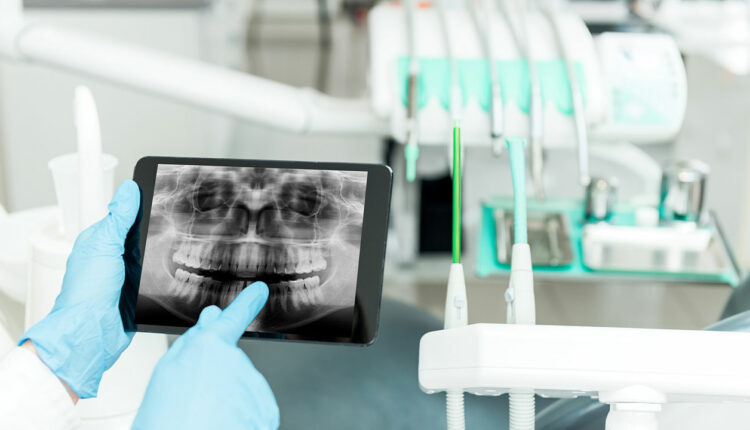
Is Dental Care Overreaching or a Necessity?
The economics of dental care and the push for routine treatments raise concerns about overdiagnosis. Yet, with periodontal disease and caries widespread in the United States, is the real issue too much care or not enough?
The question of whether modern dentistry is over-servicing patients is a hot topic, particularly in light of the rising cost of healthcare and growing awareness of evidence-based practices. A recent debate published in JAMA Internal Medicine raised concerns about unnecessary treatments being driven by financial motivations rather than clinical necessity. Paulo Nadanovsky, DDS, PhD, and colleagues, in their article “Too Much Dentistry,” argue that economic pressures often lead to excessive procedures that are not always backed by evidence.
Nadanovsky points out that certain practices, including treating noncavitated caries lesions and filling cavities in deciduous teeth, may not be clinically necessary. These treatments are often performed despite the fact that caries rates have declined since the 1970s due to better hygiene practices, fluoride use, and public awareness. So why do these treatments persist? According to Nadanovsky, it’s partly due to the financial model of dentistry. As dental health improves, there’s less need for treatment, pushing dental practices to recommend more frequent checkups or treatments to maintain their income.
However, this perspective is not without its critics. Yehuda Zadik, DMD, MHA, responded to Nadanovsky’s argument, emphasizing that advances in technology and preventive care have led to better dental outcomes and reduced invasiveness of treatments. Regular checkups, while sometimes seen as excessive, have contributed to early disease detection and better patient care. Zadik also points out that modern dentistry has shifted from the aggressive “drill-and-fill” approach to more conservative, minimally invasive treatments.
A key area of contention is dental radiography. Studies show that more than 320 million dental X-rays were performed in 2016, accounting for nearly half of all diagnostic imaging in the US. With guidelines recommending X-rays only when clinically necessary, critics argue that these numbers are alarmingly high, suggesting overuse and potential overdiagnosis.
The broader issue at play is the lack of external oversight in dentistry. Unlike other healthcare fields, most aspects of dental care — from diagnosis to treatment — are handled by the same practitioner, leaving little room for third-party review of treatment plans. This lack of oversight may contribute to overdiagnosis and unnecessary treatments, as there is no system in place to ensure that all procedures are essential.
On the other hand, the rampant prevalence of periodontal disease and dental caries in the US begs the question: if too much dental care is being provided, why are these conditions so widespread? While some may argue that certain procedures are financially driven, it’s undeniable that untreated dental conditions lead to serious health consequences. Therefore, the debate may not be as simple as “too much” vs “too little” care — it’s about finding a balance that serves both the patient’s health and the realities of dental economics. Click here to read more.

